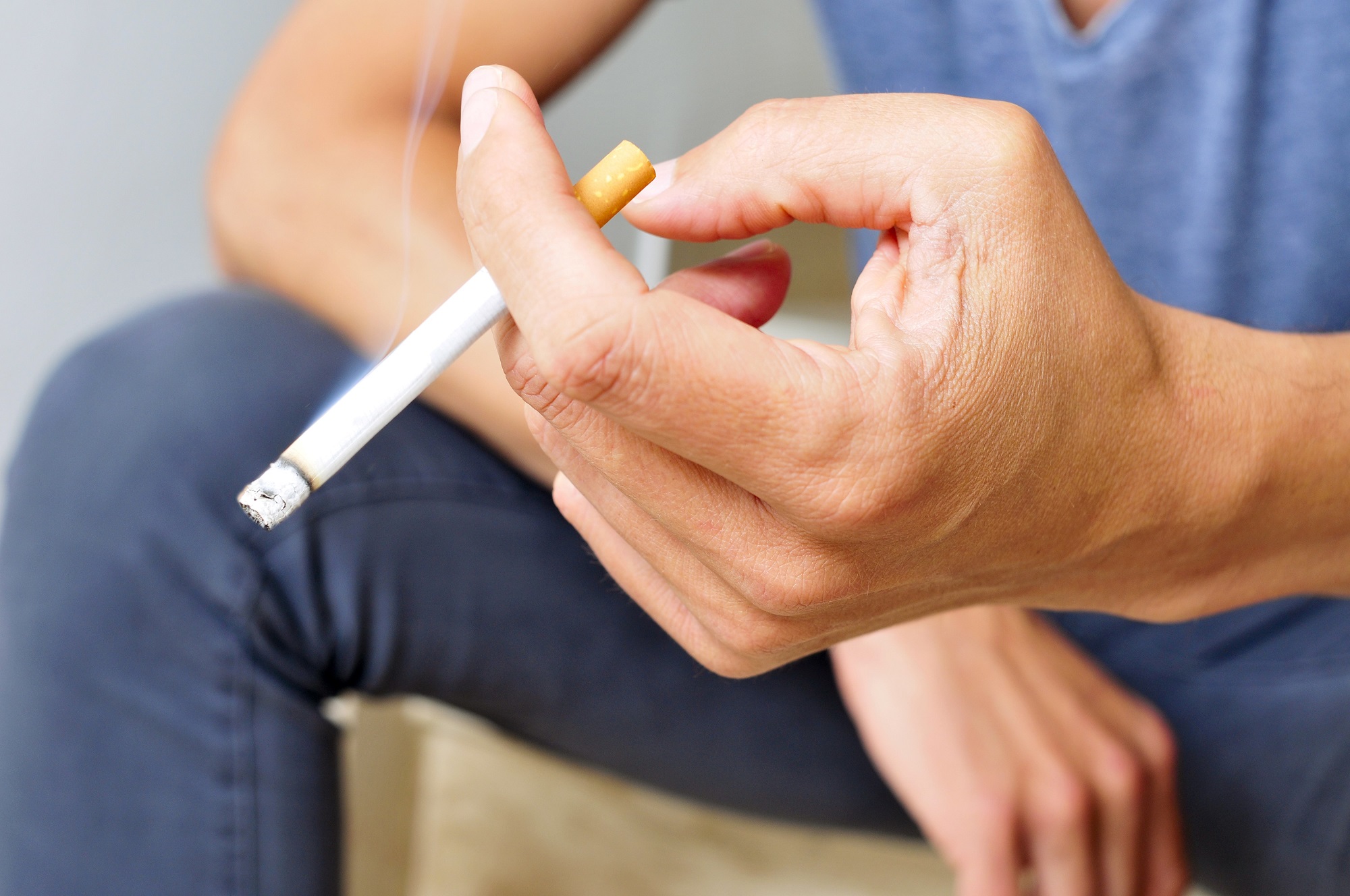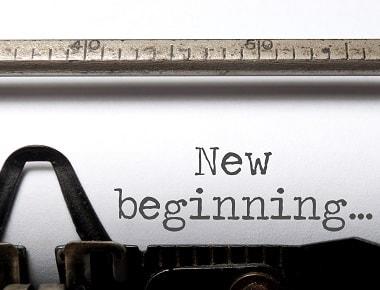TOBACCO ADDICTION TREATMENT REHAB IN ORANGE COUNTY
Sections: What Is Tobacco | Is It Addictive? | Effects & Withdrawal Symptoms | Signs & Symptoms of Abuse | Treatment | Hope
| HELPFUL ARTICLES |
| What is the Definition of a Gateway Drug? |
| World Series Baseball and Chewing Tobacco |
Yellowstone Recovery takes tobacco addiction just as seriously as any other dependency. If you or a loved one are struggling to quit tobacco, the information on this page may help demystify one of the world’s most common addictions.
WHAT IS TOBACCO?
Tobacco is widely recognized as a recreational drug, derived from the leaves of the Nicotiana plant, with Nicotiana tabacum being the primary species used for human consumption. In the U.S., tobacco can be legally consumed by individuals over 18 or 21 (depending on state).
Tobacco can be consumed in a variety of forms, including:
- Cigarettes: The most common form of tobacco consumption, where dried tobacco leaves are rolled in paper for smoking.
- Cigars and Cigarillos: Consist of whole tobacco leaves wrapped around a tobacco filler, typically larger and longer-lasting than cigarettes.
- Pipe Tobacco: Specially prepared tobacco used in smoking pipes, known for its variety of flavors and aromas.
- Chewing Tobacco: Loose leaf, plug, or twist forms of tobacco that are chewed by the user, not smoked.
- Snuff: Finely ground tobacco that can be dry or moist; it’s sniffed through the nose or placed between the cheek and gum.
- Snus: A moist form of snuff that is placed under the upper lip, not requiring spitting as chewing tobacco does.
- Hookah (Water Pipe): Flavored tobacco smoked through a water pipe, known as shisha or narghile in some cultures, which cools the smoke as it is drawn through water.
- Dissolvable Tobacco: These are products made from tobacco that dissolves in the mouth; available in sticks, strips, or lozenges.
- Electronic Cigarettes (Vaping): While not containing tobacco in leaf form, e-cigarettes vaporize a liquid that often contains nicotine derived from tobacco, along with flavorings and other chemicals.
The enjoyment derived from tobacco use, characterized by the distinct flavor and aroma developed through the curing and fermentation processes, explain its popularity. However, the use of tobacco is associated with a wide range of adverse health impacts.
The health risks associated with tobacco use are extensive and affect nearly every organ in the body. But even though they are aware of the hazards of tobacco use, many people find it very difficult to quit, which increasingly puts them at risk of developing major health complications as they continue habitually abusing this drug.

IS TOBACCO ADDICTIVE?
It’s still uncertain whether tobacco in its natural plant form has addictive properties, but we do know that it can become addictive when it is smoked or ingested in forms like chewing tobacco.
Certain forms of tobacco consumption are more addictive than others, primarily due to variations in how nicotine is delivered to the brain, the speed of delivery, and the overall amount of nicotine consumed.
Cigarettes are highly addictive because they deliver nicotine very quickly to the brain, creating a strong and immediate association with pleasure.
Smokeless tobacco products, such as chewing tobacco and snuff, absorb nicotine through the mouth’s mucous membranes. While the delivery of nicotine might be slower compared to smoking, these products can deliver a higher concentration of nicotine overall, which can make them highly addictive
Hookah smoking, often misconceived as less harmful, can also be highly addictive due to the extended duration of smoking sessions and the depth of inhalation, which can lead to exposure to large amounts of nicotine.
E-cigarettes or vaping products vary in addictiveness, influenced by nicotine content and usage patterns.
The relationship between tobacco and addiction is influenced not only by the nicotine content and delivery method but also by individual behaviors, frequency of use, and even the presence of additional chemicals in the product that may enhance nicotine’s effects. It is important to understand that all forms of tobacco use carry the risk of addiction.
What Is the Addictive Drug in Tobacco?
The presence of nicotine, a naturally produced alkaloid that acts as a stimulant, is essentially what makes tobacco addictive. Nicotine acts on the brain’s reward pathways by stimulating the release of dopamine, a neurotransmitter associated with pleasure and satisfaction. This chemical reaction not only creates a sense of enjoyment and relaxation shortly after using tobacco but also leads to withdrawal symptoms when the nicotine levels in the bloodstream drop, compelling the user to seek out more tobacco to alleviate these uncomfortable effects.
Research suggests that nicotine may be as addictive as opioid drugs like heroin.1
How Tobacco Addiction Forms
The cycle of seeking relief from withdrawal symptoms through repeated tobacco use is a key factor in the development of tobacco dependence and addiction. With regular use, nicotine can increase the body’s production of dopamine, effectively reinforcing the addiction in a cycle of compulsion and reward.2
TOBACCO EFFECTS AND WITHDRAWAL SYMPTOMS
Smoking, chewing, or inhaling tobacco can have a variety of short- and long-term effects:
- Damage to gums (chewing tobacco)
- Bad breath
- Respiratory damage (smoking)
- Tooth sensitivity (chewing tobacco)
- Throat, lung, or oral cancer
- High blood pressure
- Heart disease3
If an addicted individual stops using tobacco, uncomfortable withdrawal symptoms like the following begin to occur:
- Irritability
- Anxiety, depression
- Headaches
- Nausea
- Nagging cravings
- Insomnia
SYMPTOMS OF AN ADDICTION TO TOBACCO
Tobacco addiction can easily be spotted, as its legal status means that people don’t need to hide their tobacco use. If a person constantly goes out for “smoke breaks,” smells strongly of cigarettes, or chews throughout the day, that person has an addiction to tobacco.
WHICH WOULD BE THE BEST STRATEGY FOR OVERCOMING TOBACCO ADDICTION?
Many people attempt to quit tobacco “cold turkey”—that is, abruptly stopping use without any gradual reduction or support—which can lead to significant challenges and a higher likelihood of relapse.
One of the main problems with this approach is the intensity of withdrawal symptoms that can occur, including strong cravings, irritability, mood swings, and sleep disturbances. These symptoms can be overwhelming and difficult to manage without professional assistance. Additionally, the cold turkey method does not address the behavioral and psychological aspects of addiction, leaving individuals unprepared to handle triggers and situations that lead to tobacco use.
Seeking professional help offers a comprehensive approach to quitting that significantly increases the chances of long-term success. Professionals can provide or prescribe medications to help manage withdrawal symptoms, making the quitting process more manageable. They can also offer counseling and behavioral therapies to address the psychological components of addiction to tobacco, helping individuals develop coping strategies and resilience against triggers.
Furthermore, professional support can offer ongoing encouragement and resources, such as support groups, which can be invaluable in maintaining abstinence.
GETTING HELP FOR TOBACCO ADDICTION
We’ve all heard that it’s hard to quit smoking, and many of us have experienced the struggle firsthand. The addictive nature of nicotine and the legal status of tobacco products makes it easy to obtain but incredibly difficult to stop. The good news is that many tobacco users will willingly admit that they have an addiction, which is the first step toward recovery.
One of the best ways to ensure success in quitting this common recreational drug is to enter a professional tobacco addiction treatment program. In a treatment facility, staff can mitigate withdrawal symptoms during tobacco drug detox for the most comfortable experience possible.
FIND HOPE AT YELLOWSTONE RECOVERY
Tired of struggling to quit smoking or chewing tobacco? Let the recovery experts at Yellowstone Recovery help. With help from our tobacco drug addiction rehab program, you can break free from dependency and avoid serious tobacco-related health issues down the road.
Call us today at (844) 217-2986 to begin your journey to recovery.
SOURCES:
- https://en.wikipedia.org/wiki/Tobacco#Harmful_effects_of_tobacco_and_smoking
- https://nida.nih.gov/publications/research-reports/tobacco-nicotine-e-cigarettes/nicotine-addictive
- https://nida.nih.gov/publications/drugfacts/cigarettes-other-tobacco-products
- Treatment Options
- Program Curriculum
- Program Services









